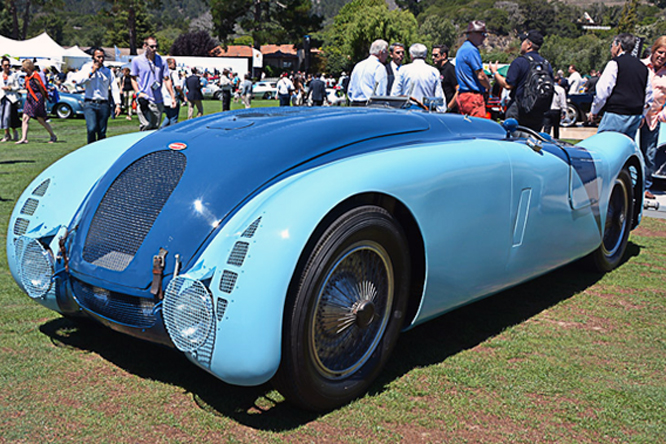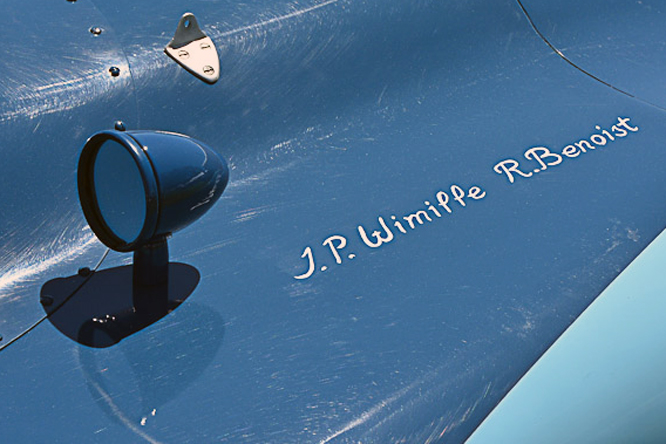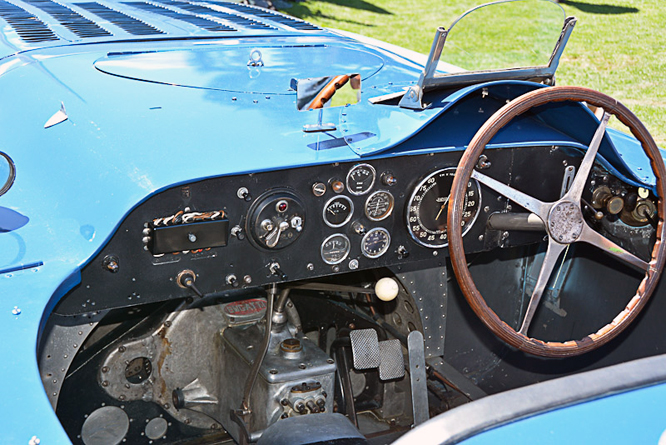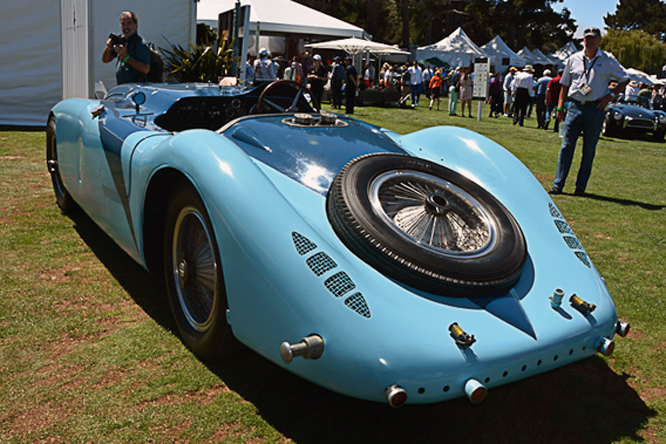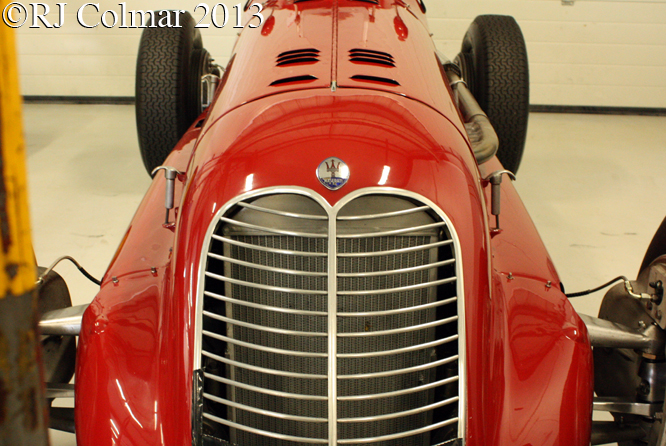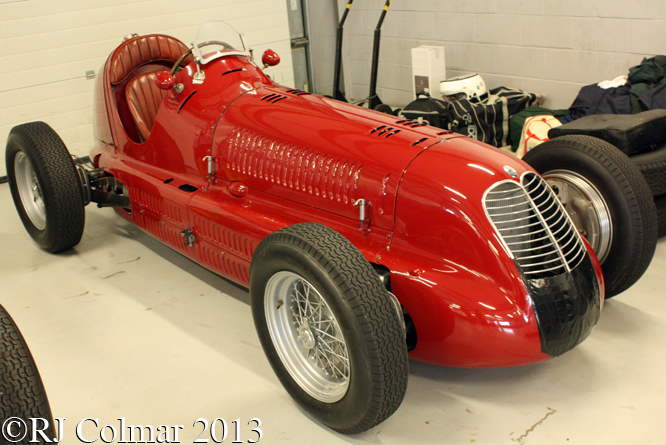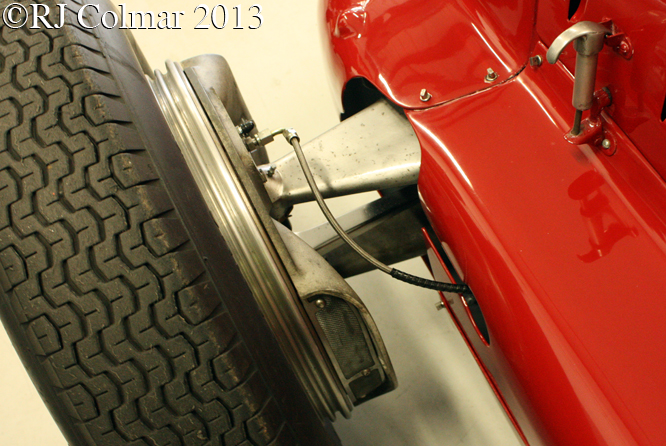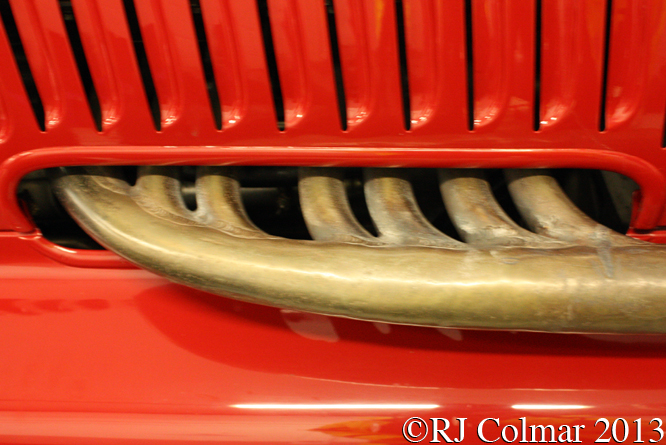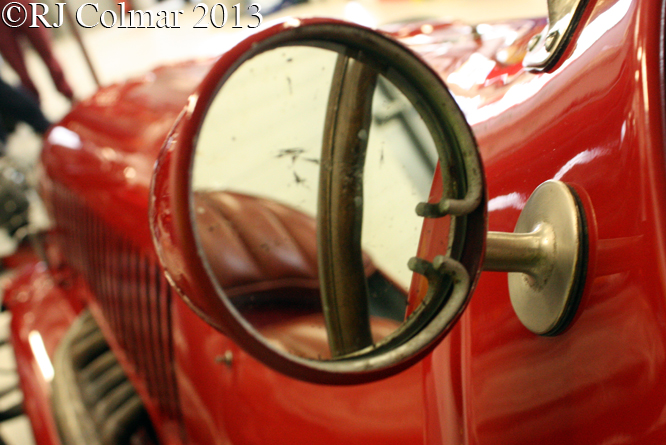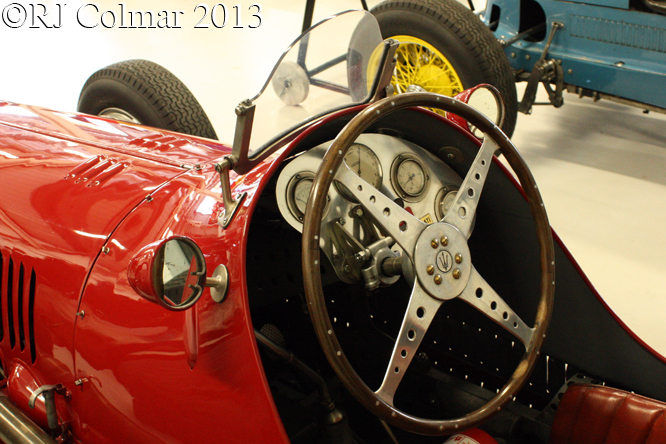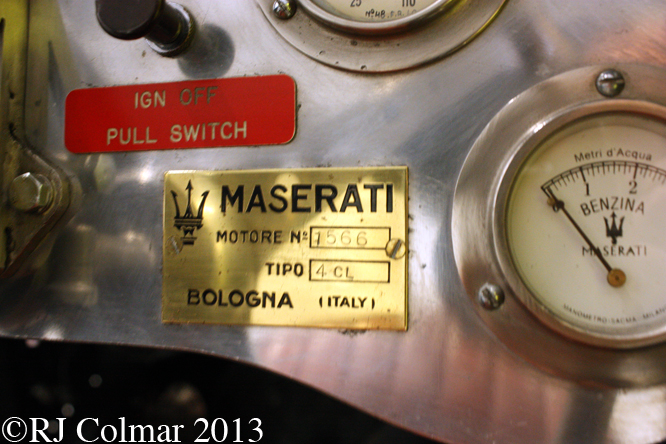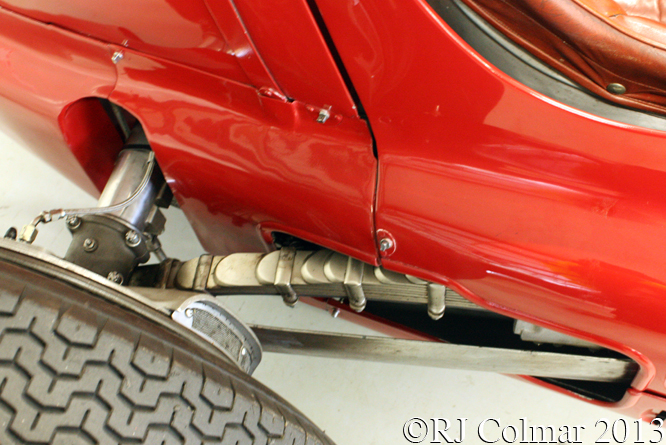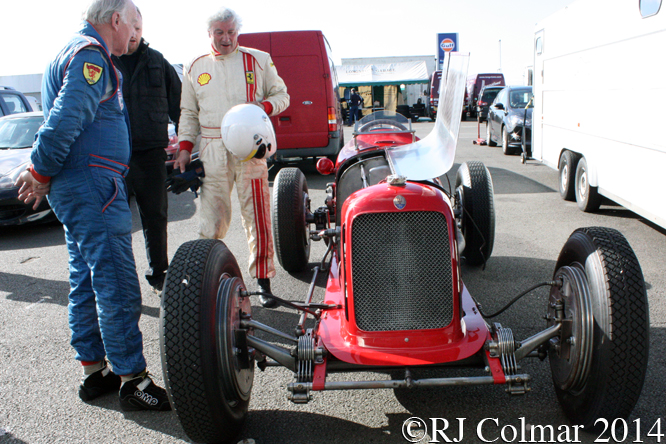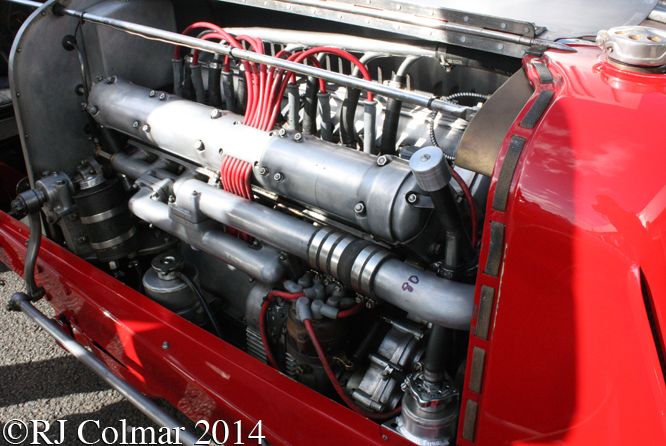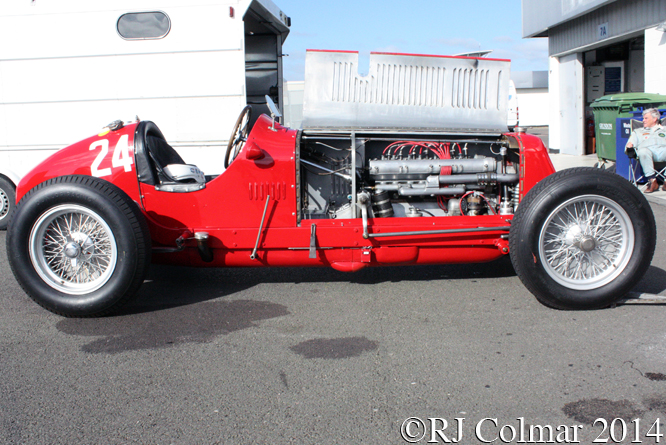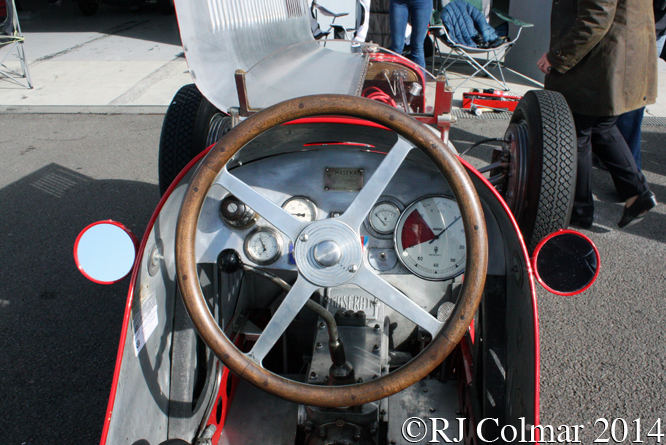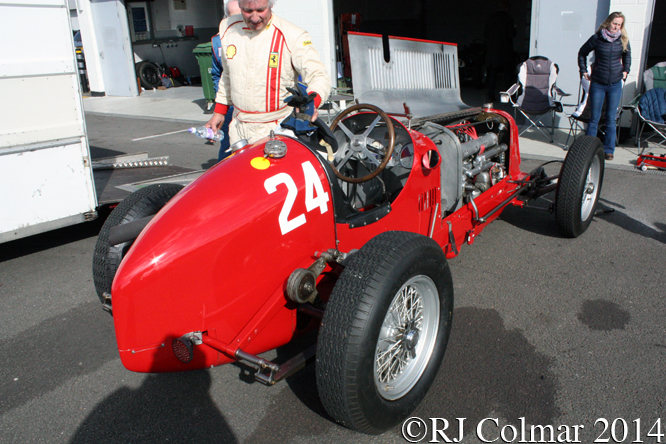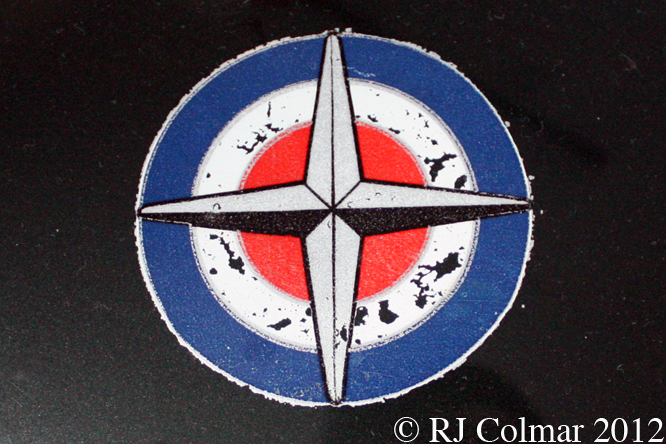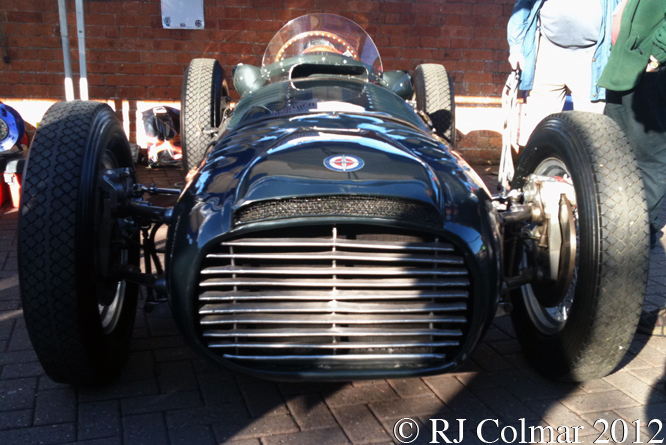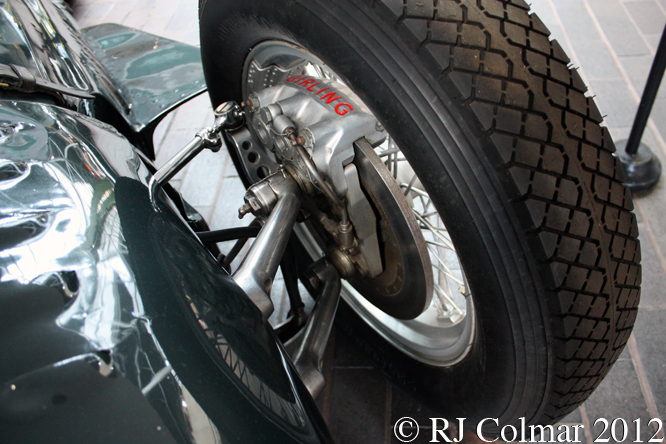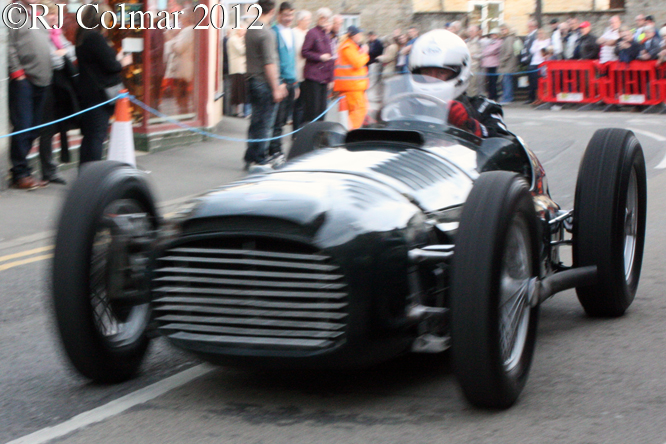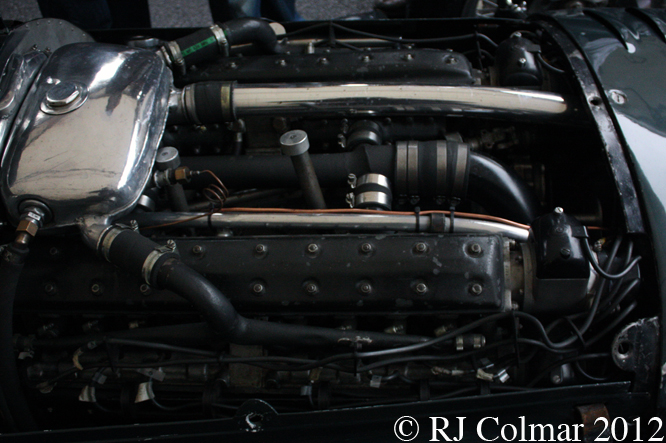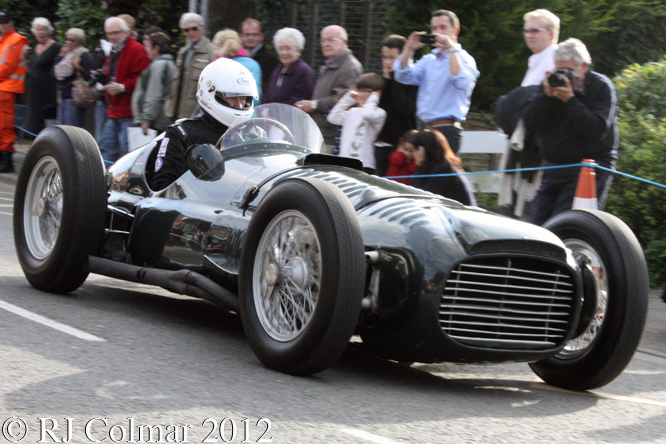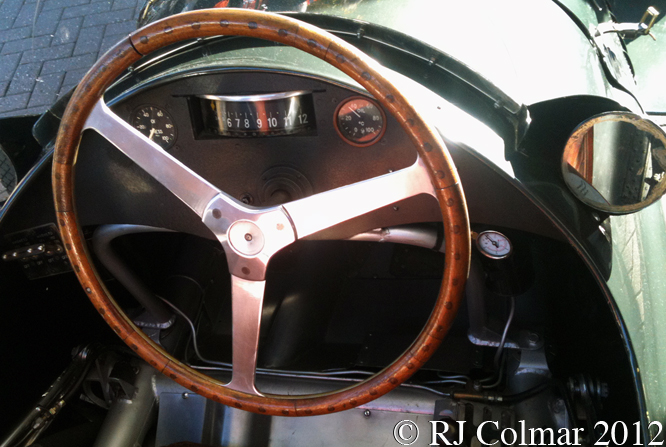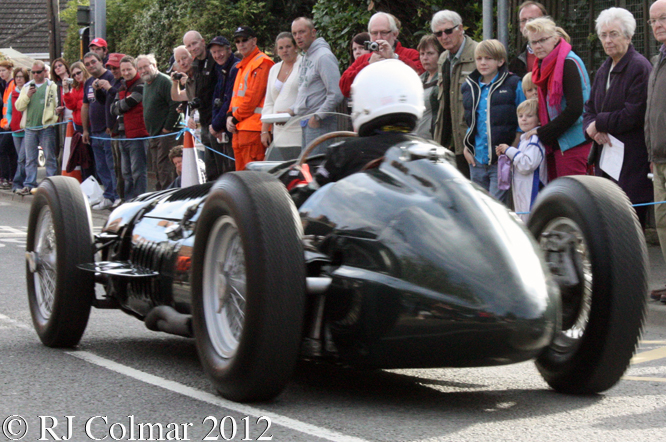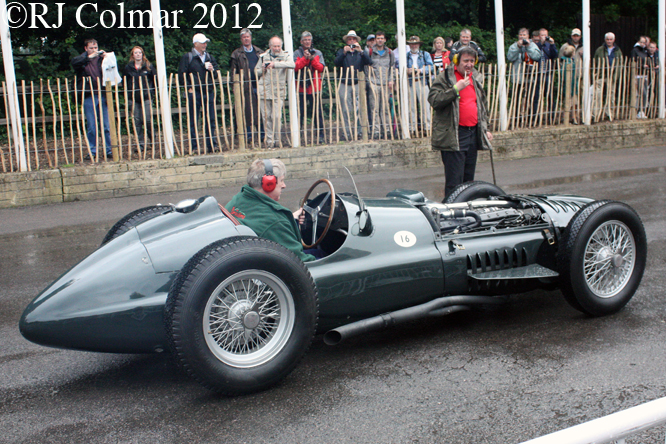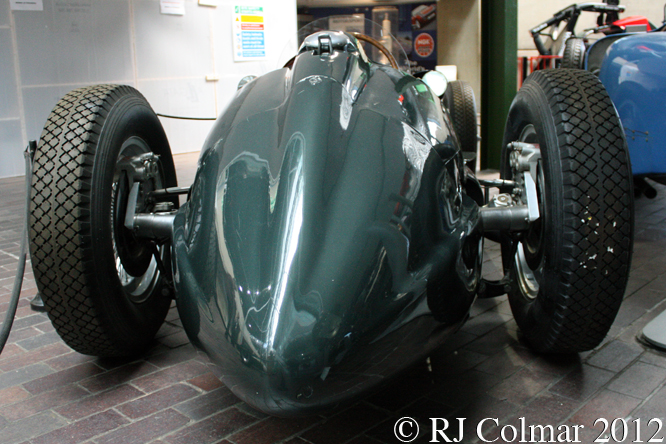Today’s blog tells the story of how I came to wonder if today’s Talbot T26C 90202 seen a couple of months ago at the VSCC Spring Start meeting featured in a 1948 edition of Polska Kronika Filmowa a Polish weekly newsreel.
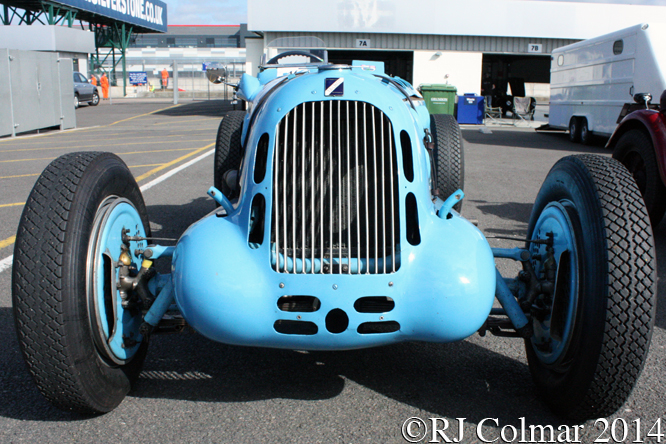
So far as I have been able to discern this vehicle was originally built in 1937 as a T150 chassis number #82935 and fitted with a 4 litre / 244 cui 6 cylinder motor and registered for road use with the French licence plate 439W1.
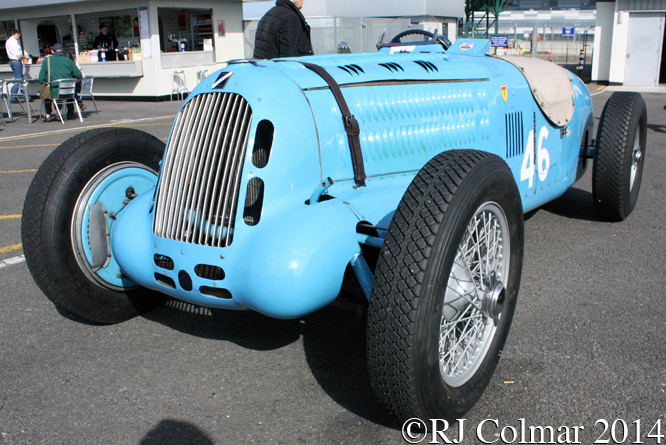
Albert Divo raced the car on at least 3 occasions with a best finish of 2nd in the 1937 Marne Grand Prix. In September 1937 Raymond Sommer driving #82935 now bearing the French licence plate 4397RL2 retired from the Tourist Trophy with engine problems. #82935 is shown by one source to have been intended to be part of a two car Talbot-Lago team at the 1937 Le Mans 24 hours that did not show up.
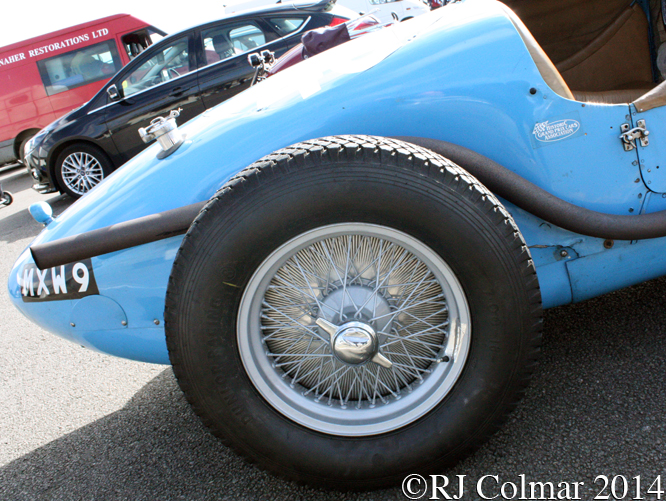
In 1938 René Carrière and Anthony Hannoyer drove the works entered #82935 to a fifth place finish on the Mille Miglia, two months later René shared the now Luigi Chinetti entered car with René Le Bègue at Le Mans, but retired after completing 101 laps.
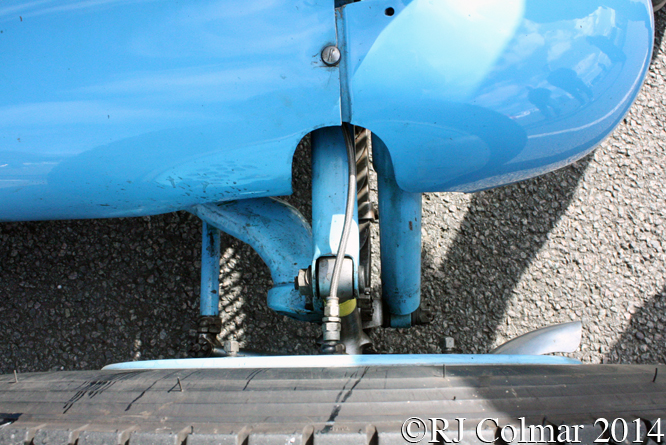
Two weeks later the mudguards came off and René Carrière drove #82935, entered once again by the Talbot factory and carrying the #4, seen at 1:03 in this linked clip, to a gallant 4th place finish, first non Mercedes and only 10 laps down, on the French Grand Prix winning Mercedes Benz W154 of winner Manfred von Brauchitsch.
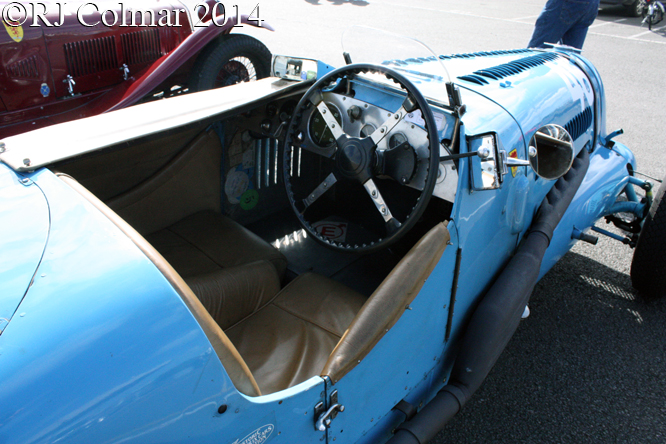
For it’s final two known appearances in 1938 #82935 was fitted with a 4.5 litre / 274 cui straight six and given a T26 identity with the chassis number #90202, it was not the only T150 to become a T26. René Carrière won pole position driving the car, with it mudguards refitted for the Tourist Trophy, but could only finish 4th. Philippe Etancelin joined René Carrière to drive the upgraded car in the 1938 Paris 12 Hours from which it was retired after an accident.

The renumbered chassis #90202 made only two known appearances in 1939 the first at Le Mans where entered by Chinetti and driven by Luigi Chinetti and T.A.S O. Mathieson the car suffered another accident and retired on lap 154. T.A.S.O. Mathieson is credited with entering #90202 in the Grand Prix du Comminges run at St. Gaudens for Luigi Chinetti to drive, but once again the car retired. Chinetti entered himself to drive #90202 in the Liege Grand Prix on the 26th August 1939 a week before WW2 hostilities broke out on 1st September, but the race was cancelled.
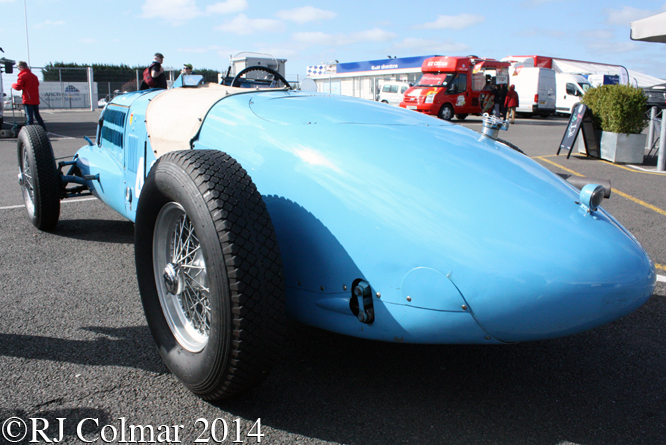
After the war Lord Selsdon, who coincidentally raced against #90202 in a Lagonda V12 at Le Mans in 1939, became the owner of #90202 by 1946, a time when almost anything that could move was thrown in to race at almost every available opportunity. Louis Chiron drove #90202 entered by Lord Selsdon at an event run at Bois de la Cambre in June 1946 but retired with a fuel pump ‘issue’.
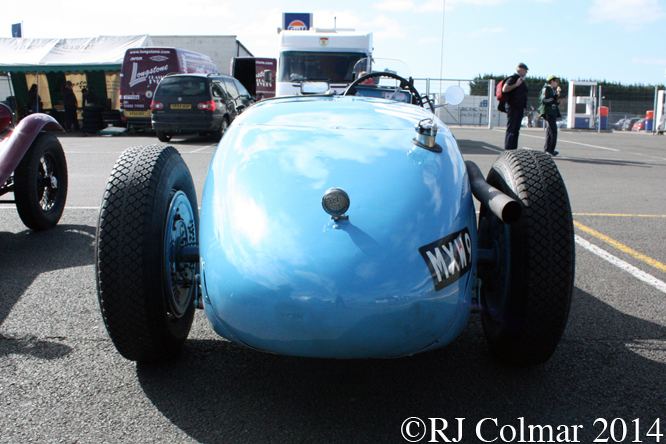
Chiron then appears to have played a part in ensuring that French patron of the Ecurie France team Paul Vallée rented or at least borrowed #90202 from Lord Selsdon for part of the 1947 season when the car was to be driven by Chiron, so far as I know he never did, but Yves Giraud-Cabantous may have driven the car referred to a ‘26SS‘ in 1947, though in which events I have not been able to ascertain.
Lord Selsdon had the car back by the 1948 British Grand Prix which was featured on the Polska Kronika Filmowa newsreel I mentioned on the top of this thread, but #90202 took no part in that event as Lord Selsdon had only been given a reserve entry.
The last mention I have found for #90202 in Lord Selsdon’s ownership is in 1949 the Jersey Road Race where Frank Le Gallais retired with a gearbox problem.
Peter Waring is known to have finished at least three races driving #90202 in 1953 recording a best 3rd at Silverstone. It was left to Dick Fitzwilliam to record the chassis last known in period win in a National Handicap event at Goodwood in 1954 nearly twenty years after the versatile chassis which had raced Mercedes Benz as an open wheeler, completed a Mille Miglia and competed in two Le Mans 24 hour races.
The Talbot #90202 seen here at the VSCC Spring Start at Silverstone earlier this year is raced by Richard Pilkington with and without mud guards and road lights.
Thanks for joining me on this “Polska Kronika Filmowa ?” edition of “Gettin’ a li’l psycho on tyres, I hope you’ll join me again tomorrow for a car that is often incorrectly given the wrap for the blanket 70 mph restriction on Britain’s motorway network. Don’t forget to come back now !


